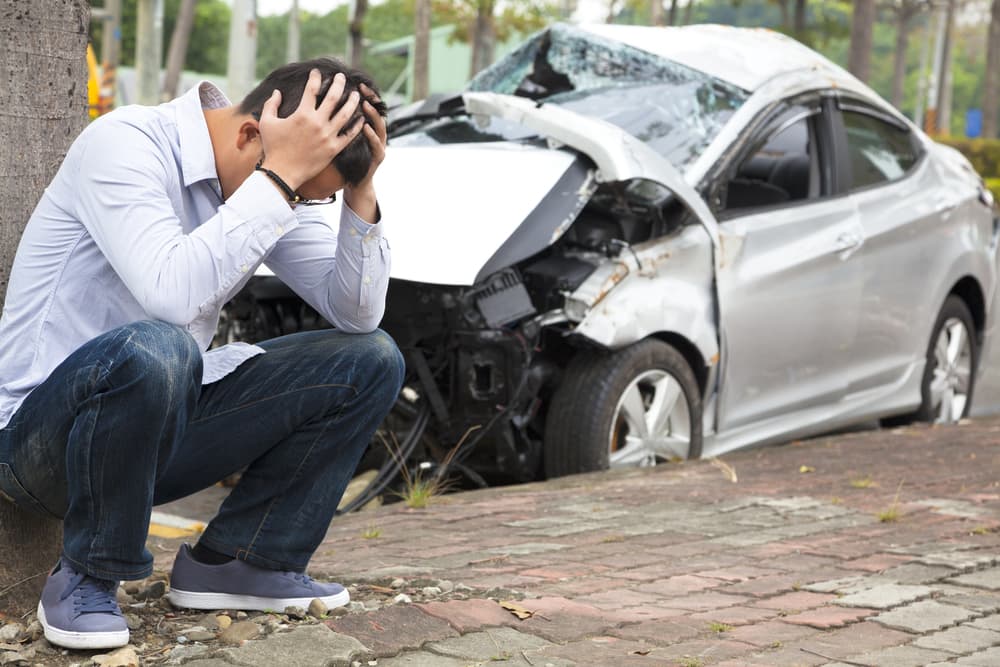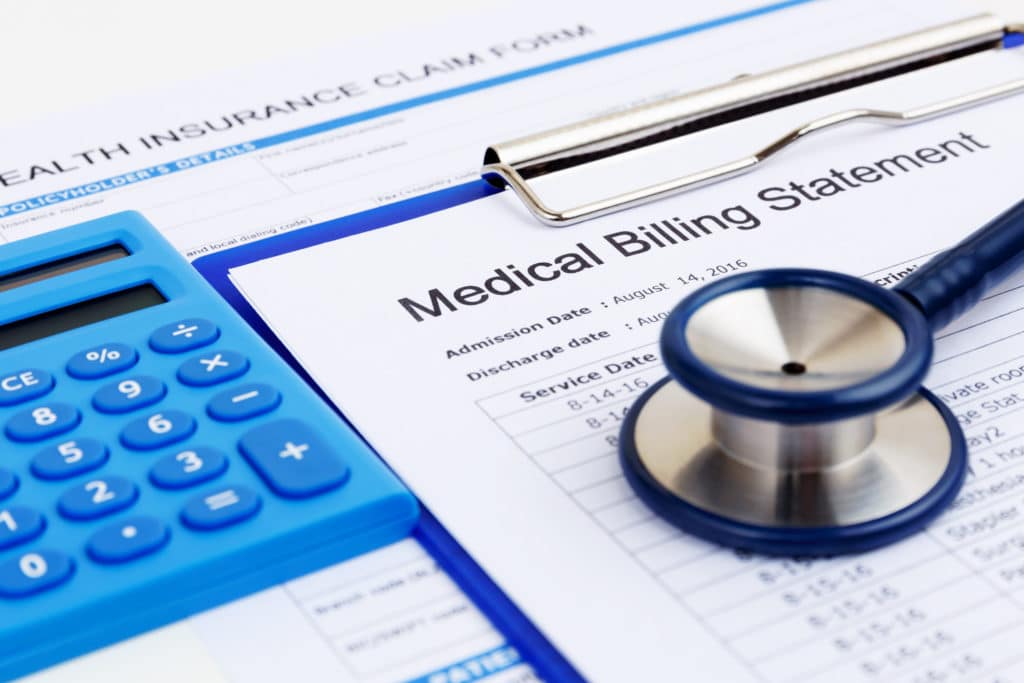The sound of a car crash is sudden and violent. The moments after are a blur of twisted metal, broken glass, and the sharp, immediate reality of physical pain. You feel your neck, check your arms, and take stock of your bodily injuries.
But some injuries are not visible. In the days and weeks following a rideshare accident, you may find the deepest wounds are the ones you cannot see. You might feel a constant sense of dread, replay the accident in your mind, or feel afraid to get into another car.
This leaves many people asking a fundamental question. Can you sue for emotional distress after a rideshare accident? The answer is yes, you can. Your mental and emotional suffering is a real and recognized injury under Texas law, but securing compensation for it requires a specific approach.
What Qualifies as Emotional Distress in Texas?
Emotional distress is much more than just feeling sad or upset after a traumatic event. In a legal context, it refers to significant mental suffering that disrupts your ability to live your life normally.

A court or insurance company will not consider simple frustration or temporary unhappiness grounds for a claim. Instead, they look for genuine and profound mental anguish caused directly by another person's negligence.
This could be the driver of your Uber or Lyft, or the driver of another vehicle who caused the collision.
Your emotional response to the accident must be severe to have a valid claim. Think of it as an injury to your mind, just as a broken bone is an injury to your body. This suffering must be a direct result of the collision you experienced as a passenger.
You must show that the accident led to psychological conditions that require attention, treatment, or have a measurable negative effect on your daily activities, relationships, and well-being.
Types of Severe Emotional Suffering
Anxiety and Fear: This includes developing a phobia of driving or riding in cars, experiencing panic attacks when you hear sirens or loud noises, and a constant feeling of being on edge. You may worry excessively about your safety or the safety of your loved ones.
Depression and Anguish: This involves a persistent low mood, a loss of interest in hobbies or activities you once enjoyed, and feelings of hopelessness. It can also manifest as sleep disturbances like insomnia or nightmares, changes in appetite, and social withdrawal.
Post-Traumatic Stress Disorder (PTSD): PTSD is a serious condition that can develop after a terrifying event. Symptoms include intrusive flashbacks where you feel like you are reliving the accident, severe emotional reactions to things that remind you of the crash and actively avoiding any situation that could trigger these memories.
Linking Emotional Distress to the Rideshare Accident
For an emotional distress claim to be successful, you must connect your mental pain and suffering to the rideshare accident. It is not enough to simply state that you feel anxious or depressed.

You must establish that the at-fault party’s actions are the direct cause of your psychological condition. In Texas, claims for emotional distress are often tied to a physical injury, a principle known as the "physical manifestation" rule.
This means your emotional pain is most clearly compensable when it accompanies a bodily injury you sustained in the same crash.
The fact that you were a passenger inside the vehicle works in your favor. The law distinguishes between a bystander who witnesses an accident and a direct victim who is involved in it.
As a passenger, you were a direct victim of the collision. This makes your claim for emotional distress much more straightforward than for someone who only saw the crash happen.
The court will see a clear line between the at-fault driver's negligence, your resulting physical injuries, and the mental anguish that followed.
Here is the sequence of events that you must demonstrate to build a strong claim:
Negligence Occurred: You must show that a driver, either your rideshare driver or another party, acted carelessly or broke a traffic law, which caused the accident.
You Suffered an Injury: You must prove that you sustained a physical injury as a result of that negligence. This could range from whiplash and bruises to broken bones or more severe injuries.
You Experienced Severe Emotional Distress: You must show that you are suffering from a significant psychological condition, such as anxiety, depression, or PTSD.
The Negligence Caused the Distress: You must prove that your emotional suffering is a direct consequence of the physical injuries and the traumatic experience of the accident.
For example, your constant back pain from the crash leads to depression and an inability to sleep.
How Do You Prove Emotional Distress?
Proving an invisible injury like emotional distress is the most challenging part of your claim. Insurance companies are skeptical of these claims and will often try to downplay or dismiss them.
They may argue that your anxiety or depression is unrelated to the accident or that you are exaggerating your symptoms for financial gain. Therefore, you need solid, credible evidence to support your words and show the true extent of your suffering.
Your account of what you are going through is invaluable, but it is much more powerful when supported by objective proof. Building a case for emotional distress requires documenting how the accident has changed your mental state and daily life.
This involves gathering records, seeking professional help, and being open about your struggles with those around you. The more detailed and consistent your evidence is, the harder it will be for an insurance adjuster to deny the reality of your suffering.
Every piece of documentation helps paint a complete picture of your life after the accident and validates your claim for compensation. Here is the kind of evidence that helps prove an emotional distress claim:

Medical and Therapy Records: Documents from doctors, therapists, psychologists, or psychiatrists are very persuasive. These records can provide official diagnoses for conditions like PTSD, anxiety disorder, or clinical depression.
A Personal Journal: Keeping a daily or weekly journal is a powerful way to document your feelings. Write down when you have nightmares, what triggers your anxiety, how your mood affects your family, and any daily activities you can no longer do.
Testimony from Friends and Family: People who know you well can speak to the changes they have seen in you since the accident. They can describe your new fears, your loss of joy, or how you have withdrawn from social activities.
Proof of Prescriptions: If a doctor has prescribed medication for anxiety, depression, or sleep issues following the accident, these prescriptions serve as strong evidence of your condition.
Records from Your Employer: If your emotional state has affected your work performance, documentation from your job can be useful. This could include records of missed work days, performance reviews showing a decline, or a letter from your boss.
Who is Responsible for Paying for Your Damages?
Rideshare accidents introduce a layer of complexity when it comes to determining who pays for your injuries, including your emotional distress. Unlike a typical two-car accident, there are multiple parties and powerful insurance policies involved.
The responsible party could be your Uber or Lyft driver, the driver of another vehicle, or the rideshare company itself. If you were injured in a Uber or Lyft accident. The answer depends on the specific circumstances of the crash, particularly what the rideshare driver was doing at the time of the collision.
The large insurance policies held by companies like Uber and Lyft are designed to protect passengers, but they only apply in certain situations. Understanding which policy is active is a key part of ensuring you recover the full amount for all your damages.
Your claim will likely be directed at the insurance company for the person or entity that caused the accident. This makes it important to identify fault correctly from the very beginning.
The At-Fault Driver
If your rideshare driver caused the accident, their personal car insurance is typically the first line of coverage. However, many personal policies exclude commercial activity. If another driver on the road was at fault, your claim would be filed against that driver’s insurance policy.
The Rideshare Company (Uber/Lyft)
Rideshare companies provide substantial insurance coverage for their drivers, but it is situational. If you were a passenger on an active trip when the accident happened, you are covered by the company’s one-million-dollar liability policy. This policy applies regardless of who was at fault and can cover your medical bills, lost wages, and emotional distress.
A Third-Party Driver
If another driver who was not part of the rideshare transaction caused the crash, their auto insurance is the primary source of compensation. You would file personal injury lawsuit against their policy first.
If that driver is uninsured or their policy limits are too low to cover all your damages, the rideshare company's underinsured motorist coverage may then be used to help pay the remainder of your claim.
Calculating the Value of an Emotional Distress Claim
Placing a monetary value on mental anguish is not a simple or exact science. There is no machine that can measure fear or a calculator that can compute grief. Because of this, insurance companies and legal teams rely on established methods to assign a dollar amount to this type of suffering.
The final value of your emotional distress claim will depend on several factors, including the severity of your condition and the strength of your evidence. A mild case of temporary anxiety will be valued much lower than a long-term, debilitating case of PTSD that requires extensive therapy and medication.
Two common methods are used to calculate the value of these non-economic damages.
The "multiplier method" involves taking the total of your economic damages, such as medical bills and lost wages, and multiplying that number by a figure between 1.5 and 5. The multiplier increases based on the severity of your physical injuries and emotional suffering.
The "per diem" method assigns a daily rate for your suffering and multiplies it by the number of days you are expected to live with the condition. The goal of both methods is to arrive at a figure that is fair and justifiable based on the evidence you provide.
The following factors will heavily influence the final compensation amount for emotional distress:
The Severity of Your Physical Injuries: Generally, the more severe the physical harm, the more credible and valuable the claim for emotional distress is considered.
The Quality of Your Evidence: Well-documented proof from medical professionals carries much more weight than personal statements alone.
The Intensity and Duration of Your Suffering: A condition that is expected to last for years and significantly interferes with your life will result in a higher value than a condition that resolves in a few months.
The Total Cost of Your Treatment: The amount you have spent on therapy, medication, and other psychological care will be considered.
The Effect on Your Daily Life: Demonstrating how your emotional state has damaged your career, relationships, and ability to enjoy life is a key component of its value.
Your emotional health is just as important as your physical health. After a rideshare accident, the psychological scars can be profound and long-lasting. Texas law permits you to seek financial compensation for this suffering, recognizing it as a real and serious component of your personal injury claim in an accident.
Proving your distress and connecting it to the accident requires careful documentation and clearly presenting the facts.
Legal Solutions Are Just a Call Away

If you are struggling with anxiety, fear, or depression after being hurt in a rideshare accident, you do not have to carry that burden alone. A conversation with an rideshare accident attorney who handles these specific types of cases can provide clarity on your rights and options.
For questions about your situation in Austin, Waco, Killeen, Temple, or anywhere in Central Texas, the team at Lorenz & Lorenz, PLLC is available to listen. You can call (512) 477-7333 to discuss your case.